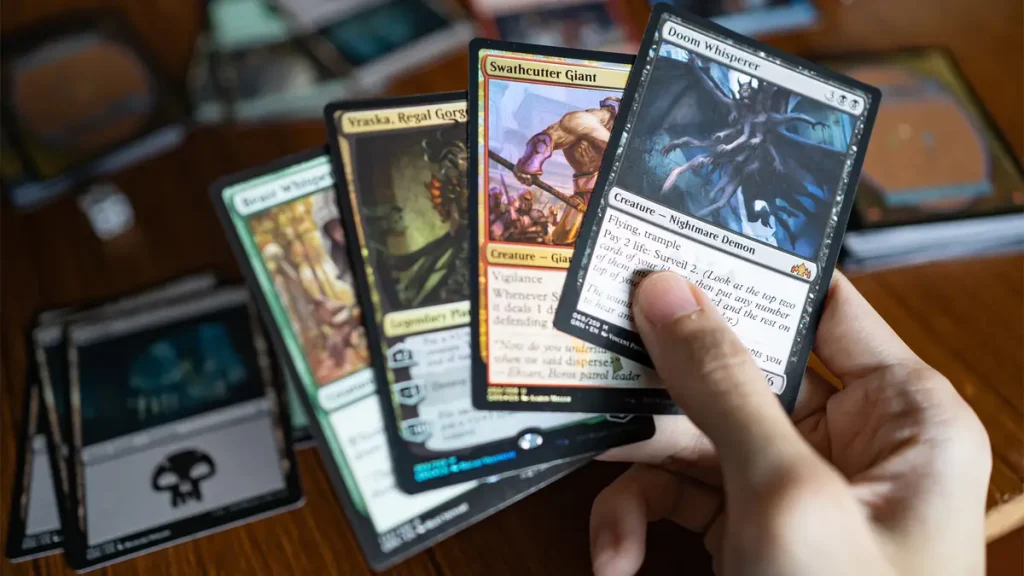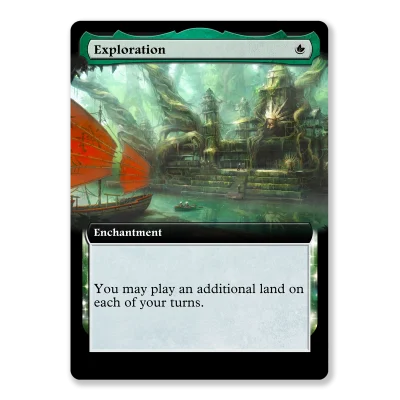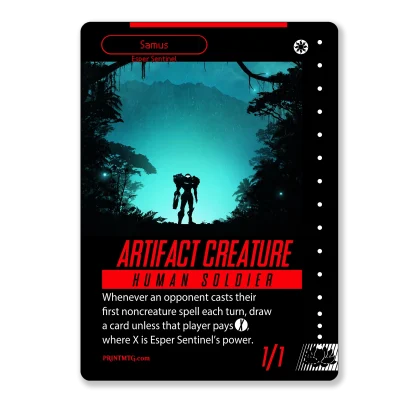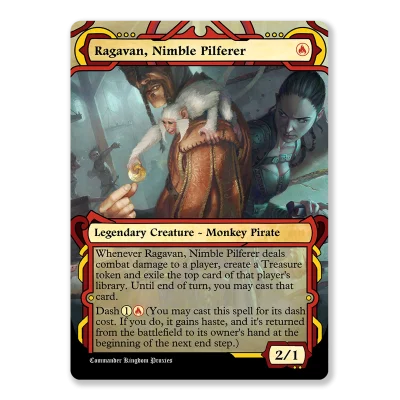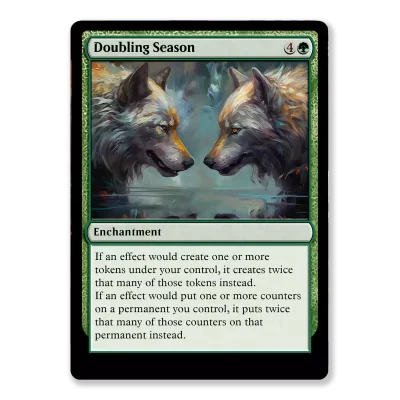No matter what format you’re playing or what deck you brought to the table, one thing rarely changes in Magic: The Gathering — the turns. Knowing the end steps from your upkeeps, when to clean up or when to untap, and how to go to combat is essential from your first game. And yet, it’s also one of the most surprisingly complicated aspects of the game.
In Magic: The Gathering, a single turn is divided into several phases and steps, each with its own rules and priorities. Here are the key takeaways from understanding the phases and steps of a Magic turn:
- Phases and Steps: A turn consists of five main phases: Beginning Phase, Pre-combat Main Phase, Combat Phase, Post-combat Main Phase, and Ending Phase. Each phase is further divided into steps.
- Priority: Priority determines when players can take action during each phase. Players can cast spells or activate abilities when they have priority.
- Untap, Upkeep, and Draw: The Untap Step untaps all permanents, followed by the Upkeep Step, where players may trigger abilities. The Draw Step allows players to draw a card and gain priority.
- The pre-combat Main Phase allows players to play lands and cast sorceries. It’s crucial to set up strategies before combat.
- Combat Phase: The most complex phase consists of several steps: Beginning of Combat, Declare Attackers, Declare Blockers, Combat Damage, and End of Combat. Players must carefully manage attacking and blocking creatures to optimize damage.
- Post-combat Main Phase: Players can cast spells and play lands similar to the Pre-combat Main Phase. However, they must consider that they’ve already attacked during this turn, which may trigger specific card effects.
- Ending Phase: The phase before the next player’s turn includes the End Step and Cleanup Step. During these steps, players resolve “until end of turn” effects and discard down to their maximum hand size.
Here is everything that happens in your average turn of Magic: The Gathering, from beginning to end.
Note: This guide assumes a few things: first, you are the active player (that it is your turn). It also assumes that no effects in play would change the flow of a turn, such as Sphinx of the Second Sun’s ability to add a second Beginning Phase after your Postcombat Main Phase. If a card contradicts a general rule, always follow what the card says.
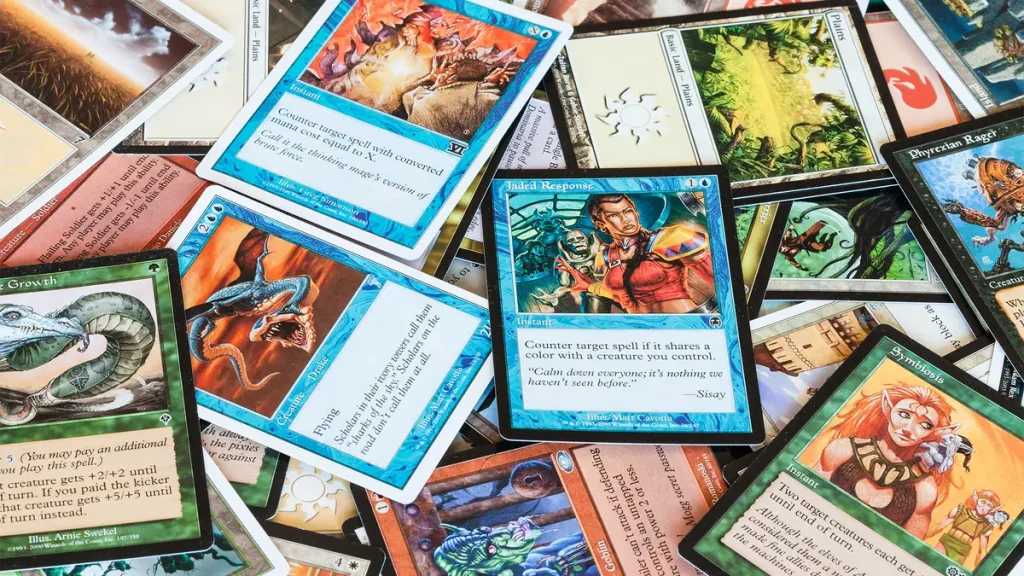
Phases and Steps
A single turn in Magic: The Gathering is divided into five phases and then divided further into steps. Phases and steps define when a player receives “priority”—when they can do things—and what types of spells and abilities can be cast or activated.
Beginning Phase
Untap Step
The first thing that happens is the untap step, where all permanents (lands, creatures, enchantments, artifacts, and tokens) untap unless an effect already played prevents it, such as a creature enchanted with Charmed Sleep. All permanents untap at the same time.
If any of your permanents have phased out since your last untap step, they phase back in at this point. Any creatures summoned on your previous turn will also lose summoning sickness.
In the untap step, no player has priority. Priority means that the player who has it is allowed to do something. Once a player receives priority, they can either play something or pass it to the next player. Once priority has been passed to every player without an action, the ‘stack’ is considered finished, and a new one can begin. Without priority, spells can’t be cast, and activated abilities (abilities on cards you can choose to activate yourself rather than ones triggered by something else happening) can’t activate. Specific abilities that trigger when a creature untaps, such as a creature with Inspired, will be triggered. However, the effect will go on the stack once you next receive priority.
Upkeep Step
Upkeep is the earliest point in your turn where you’ll receive priority. You can play anything instant-speed, such as an instant or a creature with flash, and you can use activated abilities. Any ability triggered on your untap step will be put onto the stack in your Upkeep Step.
While upkeep is often passed through with nothing happening, there are a lot of effects that trigger it. For example, Ill-Gotten Inheritance, Celestial Force, and Colossal Majesty trigger “the beginning of your upkeep.”
One important thing to note is that the “beginning of your upkeep” happens as soon as you’ve finished the untap step. This means you can’t remove a permanent before its undesirable upkeep trigger goes off, as its effect has already gone on the stack by the time you receive priority.
Draw Step
The Draw Step is self-explanatory: it’s the point in the turn where you draw a card. Some effects can interact with this step, such as Howling Mine and Dictate of Kruphix increasing the number of cards you draw, but overall, a few things trigger during the Draw Step.
One thing people often forget about the Draw Step is that you do receive priority during it. If you’ve drawn into any instant-speed plays you’d like to resolve before moving to your first main phase, you can do so during your Draw Step.
As you move from your Draw Step into your Pre-combat Main Phase, any mana you have “floated” (through tapping lands, artifacts, or ‘mana dork’ creatures) will dissipate. Make sure you don’t create more mana than you need to avoid wasting resources.
Pre-combat Main Phase
The Pre-combat Main Phase is one of two phases in your turn that isn’t segmented into smaller steps. The Pre-combat Main Phase will take up most of the time spent in your turn. It is where you’ll likely enact most of your plans and set up for combat.
At the start of this phase, any effects at the beginning of the main phase trigger, and you receive priority for the third time. However, this time, you can play sorcery-speed spells, such as creatures without flash and, of course, Sorceries. You are also allowed to play a land — lands aren’t cast and can’t be responded to by your opponents, but you can only play one per turn.
When all players have done everything they’re legally allowed to do in the pre-combat main phase, and the stack is empty, the game moves into the combat phase. You must have set up everything you need for combat before moving to the next phase, as, again, any unspent mana is removed as you leave your Pre-combat Main Phase.
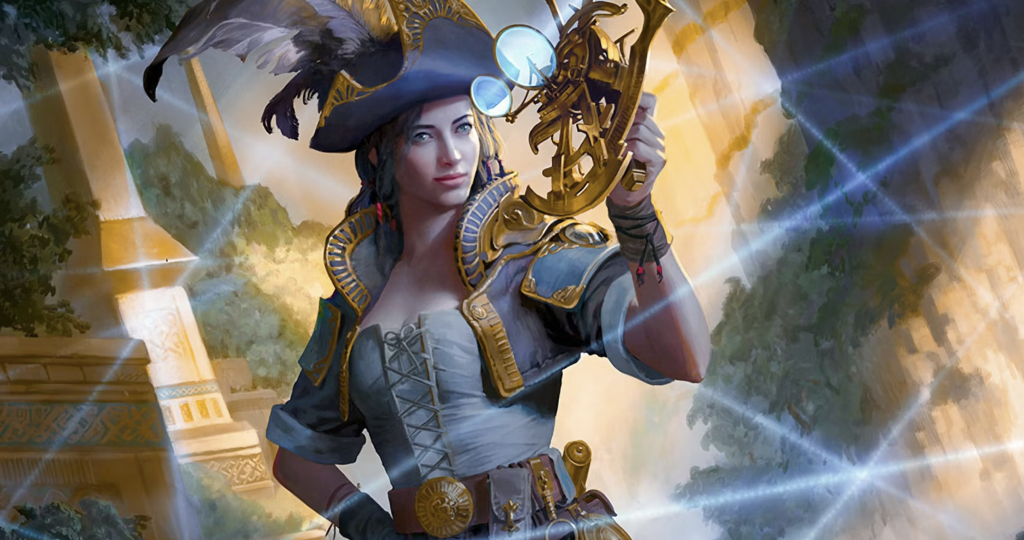
Combat Phase
The combat phase is the most complicated part of the turn and is split into five steps.
Beginning of Combat Step
In the vast majority of games, this step passes without anything major happening. In it, either one or all other players (depending on the format) are defined as “defending players,” which makes them legal targets to attack later in the phase.
You also receive priority in this step, letting you cast instant-speed spells or use activated abilities.
Declare Attackers Step
In your Declare Attackers Step, you designate which untapped creatures are attacking which opponent.
Any abilities that trigger when a creature attacks (rather than “deals combat damage”), such as Boast or Myriad, will trigger once the creature has been declared an attacker. If the creature doesn’t have Vigilance, it will also tap once it has been declared as an attacker.
All attacking creatures are declared at the same time, and the designation is final. You can’t attack with one creature, see the outcome, and then decide to attack with another. Likewise, you can’t declare an attacker and then take it back if the outcome isn’t favorable once this part of the step is over.
After you’ve declared attackers, you receive priority. You’re free to cast instant-speed spells and use abilities (spells cast now are informally known as “combat tricks”). Opponents are free to respond to the declared attackers.
Declare Blockers Step
If at least one of your creatures is attacking and is a valid blockable target, your opponent can declare as many blocking creatures as they like in this step. Blocking doesn’t tap the creature down the same way attacking does.
Once all blockers have been declared and assigned to attackers, you must divvy up the damage your creatures will do to them. You must assign as much damage as possible before running out of either damage or creatures — when one dies, you move on to the next. If your creature has trample, any leftover after all the blocking creatures have had the total amount of damage assigned to them will go to their controller, your opponent.
However, the damage doesn’t happen at this step. Before that, there is another round of priority, giving you and your opponent one last opportunity to buff up creatures or play combat tricks before the damage is dealt.
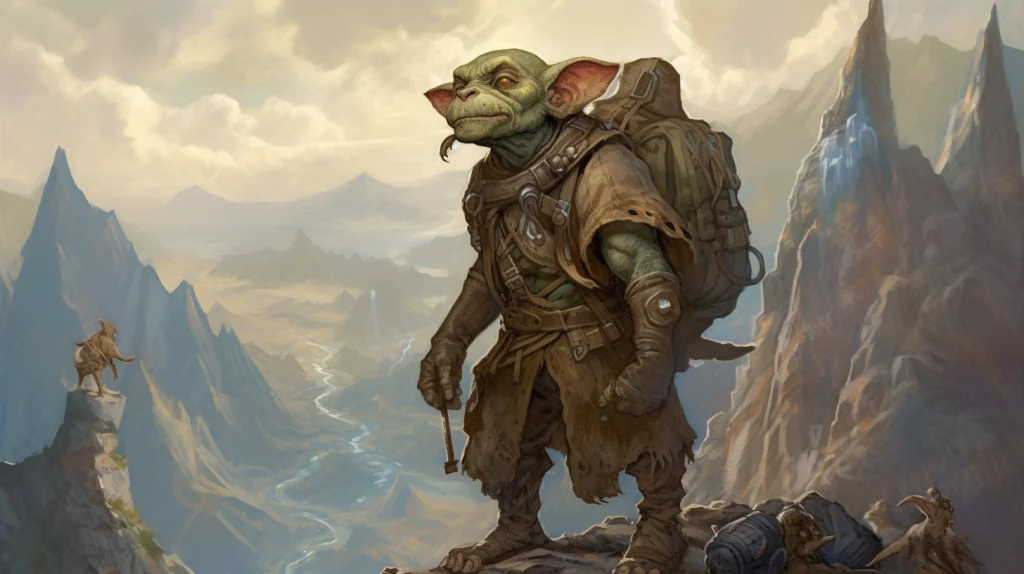
Combat Damage Step
In this step, all attacking and blocking creatures deal their damage in the way that was assigned in the Declare Blockers Step.
In most cases, damage blockers and attackers deal with each other simultaneously. If a creature has either double strike or first-strike, the step is split into two sub-steps:
First, a creature with first strike or double strike will deal its damage to the creature without first strike. If both the attacker and the blocker have the first strike (double strike doesn’t apply to blockers), the effect is canceled, and both deal damage simultaneously.
If the first strike’s damage is enough to kill the blocking creature, the blocker dies before it has the chance to deal any damage back.
If the blocker survives the first strike attack, it will then deal its damage to the attacker as usual. If the attacker has double strike, the second attack will happen at the same time as this, just as it would in normal combat.
An odd quirk of the combat damage step is that if a blocking creature was removed before damage was calculated (such as a Path to Exile at the end of the Declare Blockers Step), the attacker will do no damage unless it has trample. If it does, all damage will go directly to the opponent’s life total instead.
Once the damage has been dealt and any creatures killed have been moved to the graveyard, the turn moves to the last step of the Combat Phase.
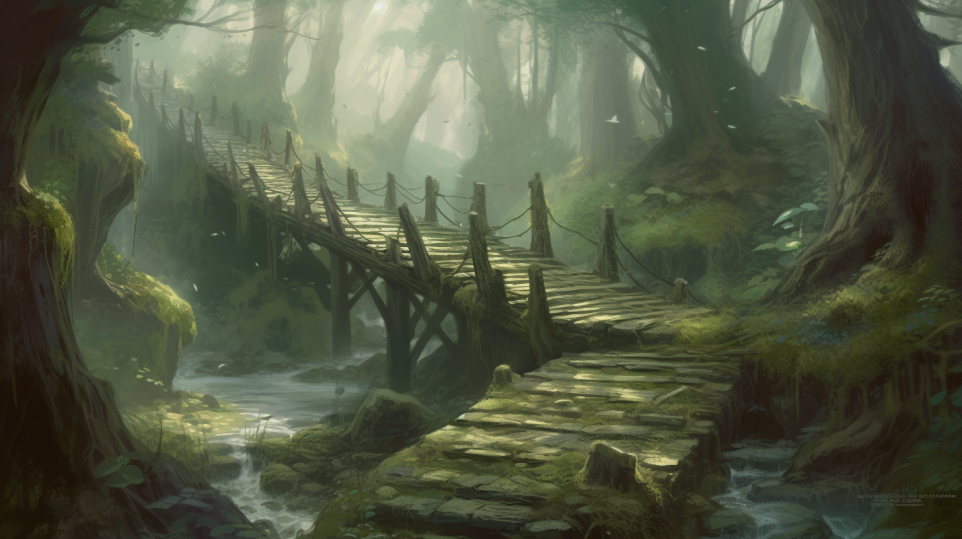
End of Combat Step
Like the Beginning of Combat Step, this step tends to be quiet. The attacking player will receive priority, and any “until end of combat” effects will end. Any attacking or defending creatures still surviving after the Combat Damage step are officially removed from combat, and the phase ends.
Post-combat Main Phase
Commonly called the “second main,” this phase works identically to the Pre-combat Main Phase. You receive priority and can cast either sorcery or instant-speed spells. If you didn’t play a land in your Pre-combat Main Phase, you can play one now. Some cards trigger in the Post-combat Main Phase, such as Sphinx of the Second Sun or Belbe, Corrupted Observer.
The big difference between the Pre- and Post-combat Main Phase is that you have attacked this turn.
This is an important distinction, as many cards have the Raid mechanic. Raid gives you benefits if you’ve attacked this turn; however, many of them are on creatures that can only be cast during a main phase.
Once you and all of your opponents have passed priority, your unspent mana goes away, and the last phase of the turn begins.
Ending Phase
The Ending Phase is the part of your turn that occurs immediately before the next player’s Beginning Phase.
End Step
Confusingly, the Ending Phase and the End Step are slightly different. In the End Step, any “until end of turn” effects end, and any “at the beginning of your End Step” effects trigger. You then gain priority for the final time in your turn—if there is anything you want to do before the start of your turn, the best time to do it is on your opponent’s End Step immediately before.
Even more confusingly, there are cases where the End Step differs from the end of the turn. For example, Obeka, a Brute Chronologist’s ability, ends the turn without going through the End Step. Any “until end of turn” effects wear off, but any End Step triggers don’t happen.
Cleanup Step
The absolute final thing you do on a turn is the Cleanup Step. In this step, you must discard down to your maximum hand size, which, by default, is seven cards. If anybody does anything to make you draw cards in your Ending Phase, that will happen before the Cleanup Step.
In general, you won’t receive priority in the Cleanup Step. The only time that you will is if an effect triggers. Only a few older cards, like Parapet and Mystic Veil, do this, so it is unlikely you’ll encounter a Cleanup Step trigger in normal play.
At the end of the Cleanup Step, it is the end of your turn. You stop being the active player, and the next person’s turn begins at their Beginning Phase.

